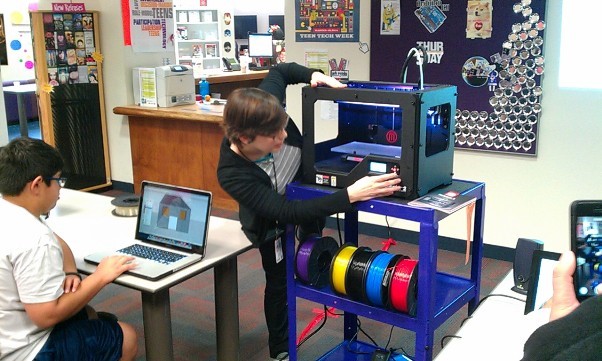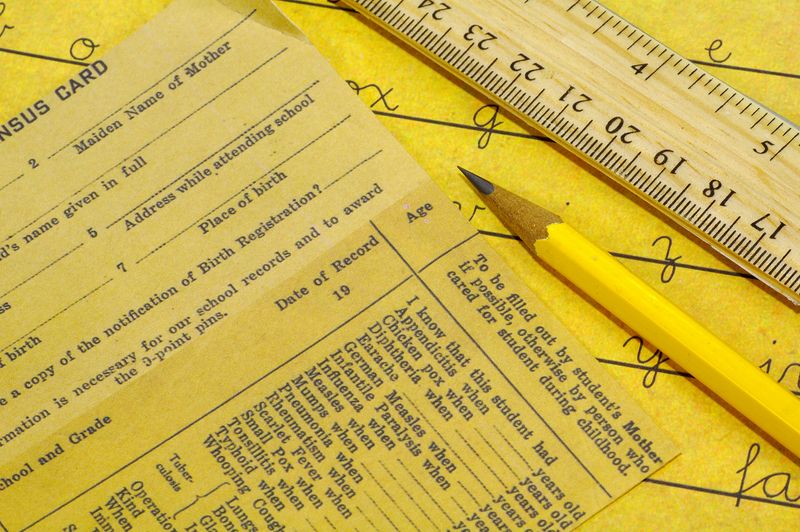Through the use of 3D printers, the students develop a learning mindset in which it is okay to be wrong. This builds boldness for design and helps them be confident and imaginative. The world is changing at a rapid rate and once the students learn from their mistakes, it is an invaluable learning experience.
Applications across Subjects
Australian schools can integrate 3D Printing into the curriculum to empower students with creativity and enable them to master the technology being put to use by companies all over the world. In the Australian colleges and universities, 3D printing can be integrated into the curriculum via the various institutional departments; Engineering, Biology, Chemistry, Architecture, Computer Science, Industrial Design, among others.
o Engineering
Students are in need of inspiration and insight into thinking outside the norm. If prospective engineering students are exposed to the joys of product design (through interaction with 3D Printing) from the get-go, rather than being kicked off with math-based problem solving and abstract theory, they become more creative and innovative.
o Modeling and Simulation
3D printing improves on theoretical learning through the provision of hands on experience for all of the students, regardless of their cultural and background differences. Students involved with a school 3D printer will be inspired by its possibilities. On the other hand, teachers have been equipped with an incredible powerful teaching tool that enables a concept to be realised and rapidly turned into a 3D product.
o Maths
Through the use of applications like OpenSCAD, students can create complex models via bringing their equations and formulas to life. This gives the students an insight past the equations and formulas, to what can actually be created by them.
o Minecraft
Once students are left to play, create, and learn in a world already known to them, they broaden their creative capacity. Through the use of tools like Minecraftedu, which encompass planning, design, and teamwork, students and teachers learn and teach in a 3D world.
3D Printer Recommendations
3D Printing has a significant role in a school environment. When it comes to the choice of the most suitable student 3D printer , you there are a number of choices. Most of the 3D printers range from 140 AUD to 1000 AUD, depending on the features of the Printer. Your choice of a 3D printer should be based on the following listed points:
v The purpose of the 3D printer
v The budget allocated
v The printing technique to be utilised
The different technologies utilized in 3D printers
(i) Fused Deposition Modeling: – The technology was invented in the late 80’s. A few drops of melted thermoplastic materials are joined to form the 3D object when the thermoplastic materials harden.
(ii) Stereolithography: – Invented in 1986, this method was used in the first generation commercial 3D printers and enables the printer to concentrate the beams of the UV rays on the surface of the object to be replicated. The object is first filled with a photopolymer, resin, so that when the light hits the resin, a high resolution 3D model of the object used is realised.
(iii) Selective Laser Sintering: – the technology is similar to stereolithography but instead of the inclusion of the liquid resin, powdered material, such as glass or ceramics, can be used in the vat.
(iv) Selective Laser Melting: – the technology works just as the Selective Laser Sintering, with a little alteration; instead of the combination of the powder granules, the powder is melted.
(v) Electronic Beam Melting: – In this technique, electronic beams are used in place of the UV rays.
(vi) Laminated Object Manufacturing: – to produce a model in this technology, paper, plastic, and metal are glued together. They are later laser-cut or knife-cut to realise the shape specified.

Why Use 3D Printers in Schools?
o Effective Learning Enrichment Technique
When a student holds a perception or an idea in hand, creativity is conveyed. 3D Printing is an effective technique for enriching any learning environment. It is an excellent technique for Science Technology Engineering Maths (STEM) curriculum projects. Most 3D printers are usable for most of the 3D CAD software applications.
o 3D Printers Offer an Edge in the Employment Market
With a good printer selection, your students will have an edge over their fellow competitors in the employment market. The 3D Printers installed in a school are also used in the technical institutions, under the management of your students’ future employers, and other esteemed design and manufacturing businesses all over the world.
o Boost on the Students’ Confidence and Career Opportunities
Students get to boost on their career opportunities when they show the employers the precision 3D models that they have built in their academic institutions. When students build on their portfolios before graduation, they are in a position to have a feel of the advantages of 3D Printing and the technical know-how on how to solve complex problems.


